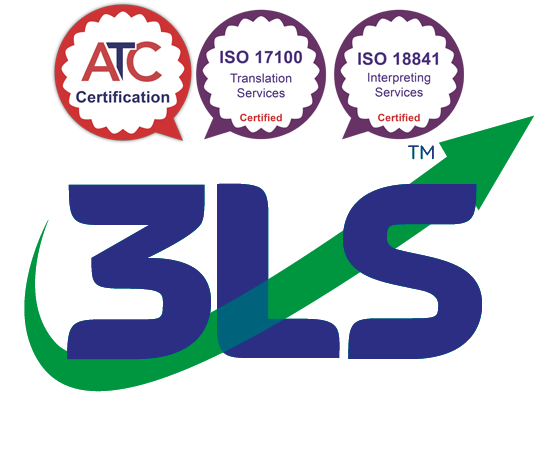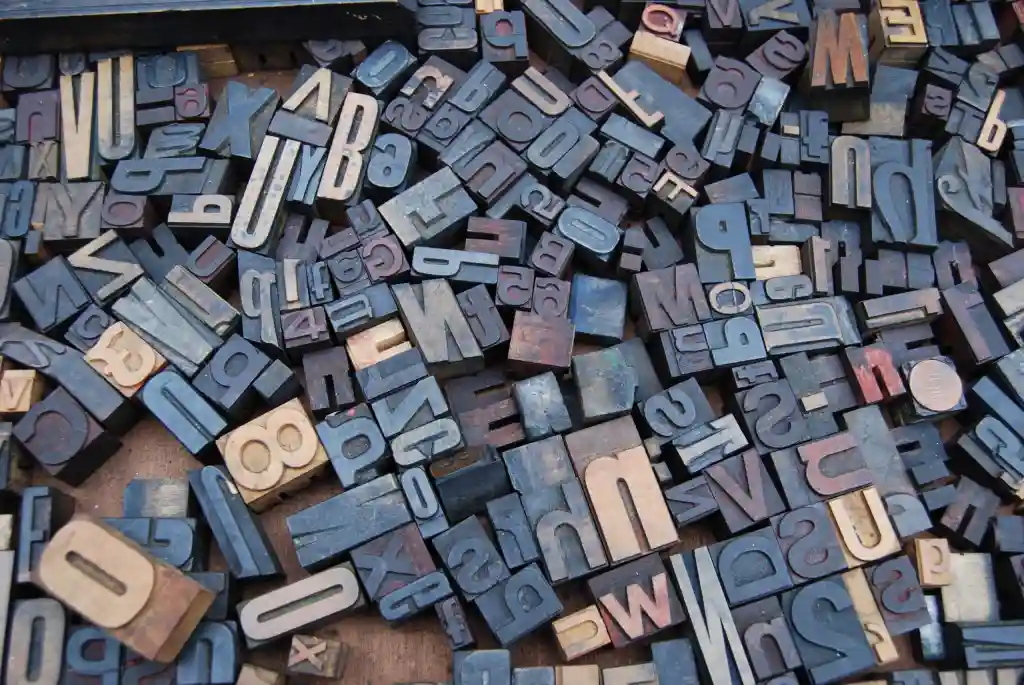Multingual DTP is easy. Correct multilingual DTP isn’t.
Just finished one of our most interesting DTP projects yet…
Of all our services, multilingual DTP is probably the least understood. Many clients – even big, global players – often don’t really know what it does, or even why it matters. So here’s a little case study.
A long-standing well-known NGO client recently undertook a major facelift of its entrance area, including a range of message signage in over a dozen languages ranging from Amharic and Arabic to Burmese, Hindi and Krio.
But, each language has unique characters and setting rules, and most work correctly in only a few fonts, and even then only on properly set-up systems…
Multilingual DTP issues aren’t always obvious…
Having worked with us for many years the client pointed their designer at us to “just check” the various languages that the designer had procured for the client, and laid out – a wise move, as we immediately spotted fundamental issues in the proposed layout and translations that we were able to catch for the client! Problems ranged from text literally going the wrong way, to completely garbage characters – but almost every language was badly amiss.
2 weeks later we’d sorted all-new translations, our multilingual DTP specialists typesetting them into new properly-compatible Illustrator layouts and proof-read by our in-country linguists. We then delivered as outlined vector graphics, made on systems properly-configured for the language, and press-ready. Have to say, they look GREAT, and help to make a superb entrance space for the refurbished area.
… so never assume everything’s OK… because it probably isn’t…
The key thing to stress here is this: neither client nor designer REALISED they had a problem. The content looked suitably “foreign”, and to the untrained eye looked (probably) OK… but it really wasn’t.
If YOU’RE working with multilingual DTP, do remember – there’s a HUGE gap between having translation, and turning that translation into usable press-ready content. From supported character sets and encoding, single- and double-byte fonts and ligatures, through to the basics of text direction and where to break words, it’s a real minefield.
And that isn’t just the case for “rare” languages. Even French and German – in fact PARTICULARLY French – are wide open to DTP mistakes that destroy credibility, or even create actual errors. And that is NOT something you want in a 2 million print run!
Multilingual DTP needn’t stress you out
Just like design, language is much more complex than people realise. And when you’re working in both language AND design you face a whole new gamut of things that can – and all too easily will – go wrong. So why not take a load off, save yourself stress, and entrust this time-consuming and pitfall-laden process to our 30 years of highly cost-effective multilingual DTP expertise and experience?

